Adoption of New Technology in Crushing & Sand Washing Industry
Crushing can be understood as the process of size reduction of the lump of ore or giant size rock exactly into the smaller proportion. The crusher crushes the stuff inside it by the movement of some of its components against a stationary unit or against another moving unit by the applied pressure, impact and shearing or combine action on them. The strain in the inside stuff is due to the sufficient amount of the pressure applied, impact forces or shearing impact when exceeding the elongated limit of the feed material, the fracturing will occur on them. The crushers are extremely robust, giant and heavy in their designs. Crushing and screening systems play a vital role in the overall cost effectiveness of a quarrying operation. The process of washing and classifying sand and aggregates, as well as a variety of other materials, allows producers to meet many required specifications. Washing and classifying systems provide producers the ability to remove excess water, reject deleterious material, and separate particles by size. The washing of sand and aggregates is required for many markets and applications. Nowadays the finished product needs to meet specifications outlined by the ever-stringent and more demanding world markets. Where dry screening was accepted in the past, washing and scrubbing are now required to produce a silt free product, free from contaminants. The process of crushing and screening enables contractors to size and separate waste material to make a quality product that can then be reused or sold, creating a profit. If the material is not recycled, this leads to deposit and transport costs emphasising the importance of this type of equipment. Crushing equipment is one of the very first steps for a variety of material handling plants, productions, and jobs. Each job starts with a different material, calling for a different type of crusher. Most crushers function in a similar fashion, but the end products are used for many different applications. Here are just a few industries that use crushers:
- Mining
- Rock Quarries
- Mineral Processing
- Recycling
The mining and quarrying industry is one of the largest users of crushing equipment. Raw material is blasted or harvest from deep underground. For these materials to be profitable, they have to go through an extensive material handling system. The material is moved from the mine, fed into a crusher, than screened to separate the particles. Crushing equipment works hand-in-hand with all of the other machines to produce an end-product – like gravel for roads, salt for winterizing etc.
Increasing Use of Mobile Crushers & Its Benefits
Mobile crushers have been used for long time quarries. They provide advantage of belt conveyor transport and eliminate road construction and truck haulage, and thus results in cost saving. Mobile plants for crushing and screening are increasingly used on mining fields of crushed stone and also with the preparation of the construction material in construction engineering sites (highways, tunnels) and building construction. They are used on mining sites of crushed stone where blasted raw material, old spoil dumps and overburden are processed. Depending on the type of the material and on the targeted stone product, an appropriate configuration of the mobile processing plants is set. A common trait is the access of the mobile plants to the raw material, which is a primary advantage, especially in terms of reducing the transport costs.
There are many areas of quarrying and aggregates production where stationary equipment still dominates. But in many small and medium-sized operations, mobile equipment can have a lot of advantages, and these have become all the more persuasive over the years, as set-up has become quicker and easier, and machines have been designed to be easy to transport.
Adapting to a changing industry: Tracked crushing plants have evolved greatly over the last several decades as their designs have been continuously updated. Major trends include the introduction of electric power and hybrid systems as opposed to diesel-hydraulic drive systems, and decreases in size, weight, fuel consumption, cost-per-ton, and sound and dust generation. Today’s impact crushers are also available compliant to Tier 4 Final emissions standards, and can be equipped with or without a built-in screen as well as many options specifically geared towards creating recycled materials. They are safer, more mobile, easier to maintain and operate, and are available with sophisticated machine automation and monitoring.
Mobility combined with productivity: The stand-out feature of the tracked impact crusher, for recycling applications, is its mobility, combined with high productivity per hour. Units are fully self-contained on their tracked undercarriage and can easily be driven off a trailer by one operator and quickly put to work, with excellent capability for moving directly to materials. Some models are even capable of tracking (moving about on their tracks) while crushing.
Fuel efficiency and electric power: Traditionally, mobile impact crushers have used a diesel-hydraulic engine for the track-drive and power to the crusher. The advent of electric-drive and hybrid systems is one of the main advancements that has occurred over the last decade, and its development is seen by many as one of the most significant trends going forward, especially considering the importance of fuel efficiency, rising transport and operational costs and the global focus on reducing emissions.
The Future of mobile impact crushers Looking ahead,there will be more hybrid technology, electric/diesel hybrids, meaning reduced fuel consumption, as well as improved noise reduction. We’ll also see advances in contaminant removal systems and washing systems integrated into closed-circuit crushers. GPS systems are another area where we can expect advances to continue. GPS systems provide remote monitoring and control, tying in with onboard belt scales. This allows managers to have total insight into remote operations. Diesel-electric power is the future because of all the advantages it provides with respect to decreased fuel costs and decreased carbon footprint
Different Stages of Crushing
Primary Crushing:The work done by the primary crusher is above all, to make the transfer of material possible on a conveyor belt. In most aggregate crushing plants, primary crushing is carried out in a jaw crusher, although a gyratory primary crusher may be used. If material is easily crushed and not excessively abrasive, an impact breaker could also be the best choice as a primary crusher.
The most important characteristics of a primary crusher include the capacity & ability to accept raw material without blockages. The investment cost of a primary crusher is high as compared to a smaller machine. Investment cost calculations for primary crushers are weighted against the costs of blasting raw material to a smaller size. . In most cases, raw material is transported by trucks to a fixed primary crusher. The costs of fuel, tyres, maintenance and return on investment should also be considered. This can be an expensive solution. A pit-portable primary crusher can be an economically sound solution in cases where the producer is crushing at the quarry face. In modern plants, it is cost-effective to use a mobile primary crusher, so it can follow the movement of the face where raw material is extracted. The most common use of track-mounted primary crushers is in applications intended for short-term contracts or where frequent moves are necessary.
Secondary Crushing:Secondry crushing is done to make the particles coarser or to prepare material for the final crushing. If the intermediate crusher is used to make railway ballast, product quality is important. In other cases there are normally no quality requirements, although the product must be suitable for fine crushing. In most cases, the objective is to obtain the greatest possible reduction at the lowest possible cost.
Fine or Tertiary Crushing: In this crushing stage, the quality and quantity of fine products are determined. Quality requirements can be stringent for the final products, especially within the quarrying industry. Customer requirements common to both the aggregate and mining industries are capacities and quality (fraction/particle size). The quarrying industry has additional quality demands such as soundness and particle shape.
Adaption of Crusher Buckets
Crushing material on-site with an excavator-mounted bucket crusher can have significant benefits for construction and demolition professionals. Bucket crusher hydraulic attachments increase the versatility of carriers and can help make efficient work of handling and processing concrete debris, rubble, masonry, asphalt, natural stone and rock. They allow operators to process upwards of 100 tons of material per hour while requiring less on-site equipment, less transportation and reduced dumpsite costs. A bucket crusher is composed of a small jaw crusher mounted on a carrier. The most common setup features a bucket with a fixed bottom and one moving jaw that crushes the material against it. An eccentric element mounted on an axle and rotated by a hydraulic motor moves the jaw. Contractors use bucket crusher attachments to crush material into right-sized pieces—from three-quarters of an inch up to 6 inches—and reuse it as backfill at the site or transport it for use elsewhere. On building sites, operators frequently crush excavated stone so the subsequent aggregate can be used for construction. In quarries and gravel pits, contractors often use these attachments to crush boulders after prescreening and small amounts of soft stones. Demolition contractors rely on these tools to make quick work of processing materials generated on-site without the need for standalone crushers. Whatever the application, the bucket crusher attachment provides a cost-effective alternative to transporting large pieces of material to a dumpsite or recycling yard. While a bucket crusher is generally not a replacement for a portable rock crusher, it can serve as an alternative to a traditional crusher in confined areas, such as worksites in urban areas. Bucket crusher attachments are available in a variety of sizes. To select the right size of bucket crusher for the application, contractors should first determine the size of the carrier that will be used with the attachment to assure it does not exceed the carrier’s capacity. In addition to carrier size, decisionmakers need to consider various features to enhance productivity based on their specific needs. To select an appropriately sized crusher, a few things need to be determined: the size of the material that will be crushed, how much material needs to be crushed and the existing pieces of equipment in an operator’s fleet.
Sand Washing
Sand Washing Machine is an equipment to wash sand in coordination with the sand making machine which is used for washing away the stone powder and impurity in the sand made by the Sand Making Machine, to increase the sand quality. Washing machine is widely used for washing concrete, sand, manganese ore, diamond, gold ore. The Sand Washer machine is used to wash off impurities like clay, silt, and other unwanted particles from sand to make it fit for use. This sand washer is specially designed to wash sand used in construction. The USP of this machine is that it combines all three steps; screening, conveying, and washing, into one robust, compact machine.
TYPES OF SAND WASHING EQUIPMENT
Most common types of sand washing equipments are:
Spiral Sand Washing Machine:The spiral sand washer is a high efficient and multi-functional water washing equipment, which is composed of a spiral sand washing machine and a dewatering screen and hydro cyclones. Compared to the purchase price of equipment alone, the choice of spiral sand washing machine is undoubtedly more cost-effective. The spiral sand washing machine consists of spiral sand washing device, overflow device, water reverse device, separation and recovery device, water storage tank, slurry pump, electro motor, reducer and so on.
Wheel Type Sand Washing Machine: The double wheel sand washer is a new type of sand washing machine. On the basis of our original sand washing equipment, the equipment has been updated and upgraded to meet the needs of customers. The double wheel sand washing machine is skillful in docking two wheel bucket washing machines with fine sand recovery machines. The whole machine has a reasonable structure and small area, which greatly reduces the investment cost for customers in the sand washing link. It integrates heavy water washing and fine sand dehydration and recycling.
Main features of wheel sand washer:
• The loss of fine sand and stone powder is small in sand washing process. The washed sand is of good gradation, the fineness modulus can easily meet the requirements of relevant standards.
• The structure is simple. The bearing part of impeller driving is isolated from the washing water and sand thus largely decreasing the failure rate.
• The washed sand is of high degree of cleanliness. Meanwhile, large operation capacity, low power consumption, and long service life can also he obtained.
Screw Sand Washer: Screw sand washer can clean and separate soil and debris in sand and gravel. Its novel sealing structure, adjustable overflow weir plate and reliable transmission device ensure the effect of cleaning and dewatering.
Main features of screw sand washer:
• Variable screw speed and water input to control product gradation
• Washer box length is dependent upon the percentage and tenacity of clay or the waste to remove.
• Almost no parts are vulnerable to wearing and breaking down.
Customized Sand Washing Machine: According to the needs of customers, the materials should be grading and screening before washing and dewatering. It is used in mining, aggregate processing, piling mud, river dredging, city construction waste incineration, ceramic raw material, silica sand production and various kinds of metal ores, tailings disposal and other industries.
Conclusion
The growth of stone crushing equipment market can be attributed to the expansion trends across the mining, infrastructure and building, and metallurgy sectors as well as highways, railways, and canals. The massive surge in the use of stone crushers for construction of highways, bridges, skyscrapers, roads, etc., in the developed as well as developing economies will enhance their adoption, thereby impelling the growth graph of stone crushing equipment industry globally. The product landscape stone crushing equipment market is primarily characterized by jaw, cone, and impact crushers, though it would not be completely incorrect to state that the latter is not as commonplace or popular as the first two. Indeed, jaw crushers possess versatility in crushing efficacy regardless of the industry, and are known to help crush a widespread range of materials. Jaw crushing equipment is expected to grow at around 10% CAGR by 2025. It is commonly used in various industry segments such as construction, metallurgy, and mining, for crushing different materials such as rocks, marbles, granite, iron ore, and copper ore. The jaw crushers are used by contractors due to its easy maintenance and simple design features. sizes and capacities for different applications. Stone Crushing Equipment Market is expected to exceed USD 8.5 billion by 2025. Rapidly increasing construction & mining activities that require various stone sizes are driving the industry. These crushers are used for crushing large stones, rocks, metals, iron, etc., into very small pieces depending on the application requirements. The surge in mining activities in Asian economies has resulted in the increased utilization of this machinery in the region. Continuous development of roads and highways due to the increasing transportation activities across the globe, will contribute to the market demand.



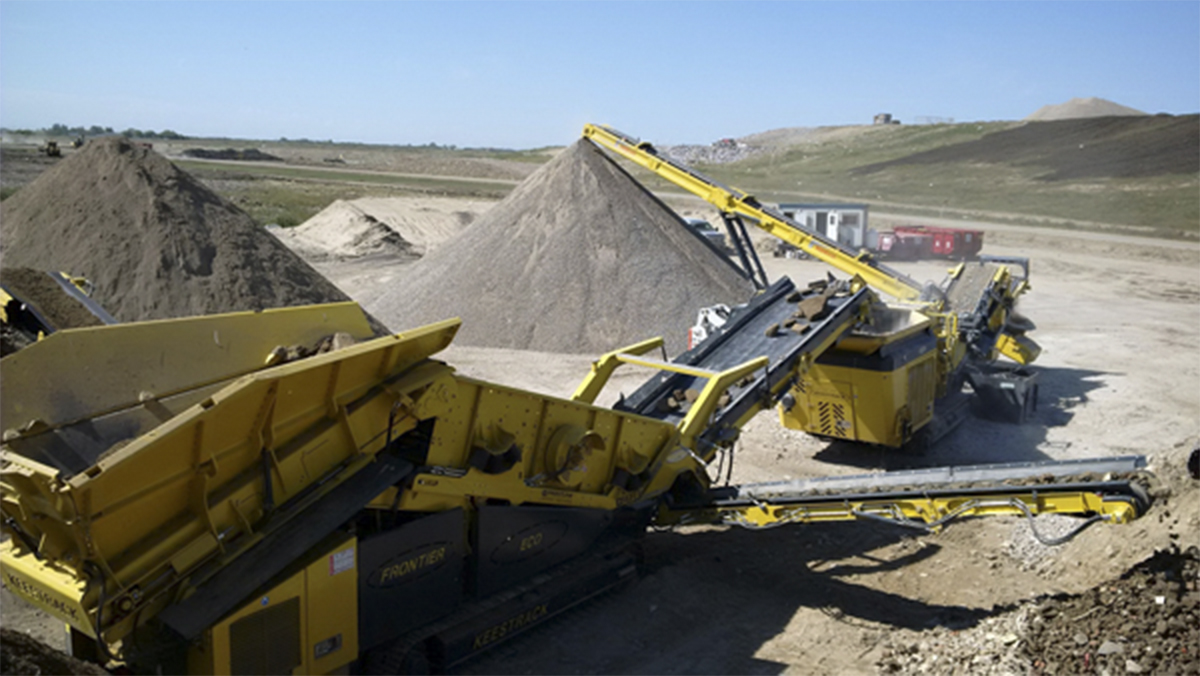
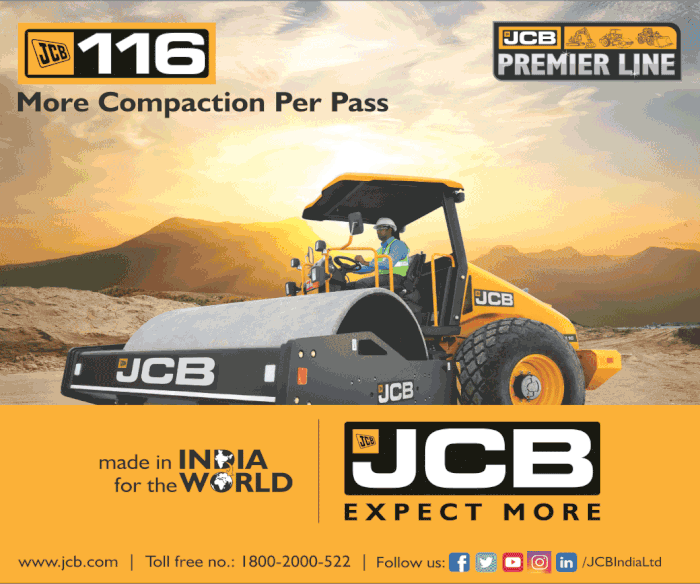
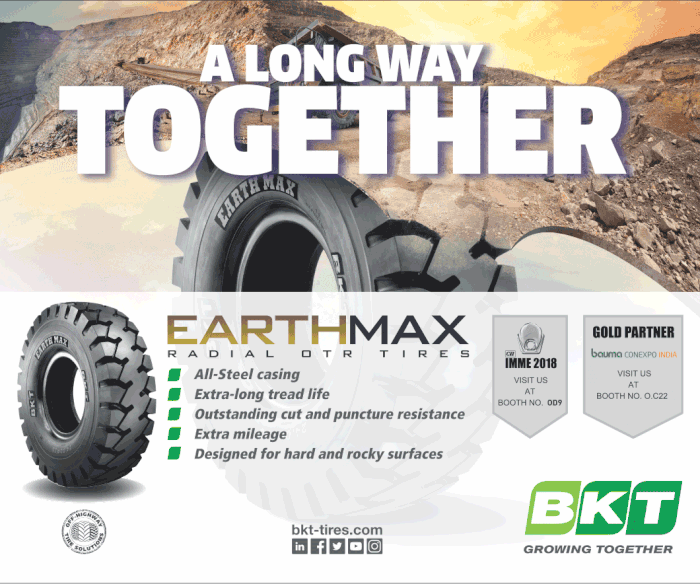
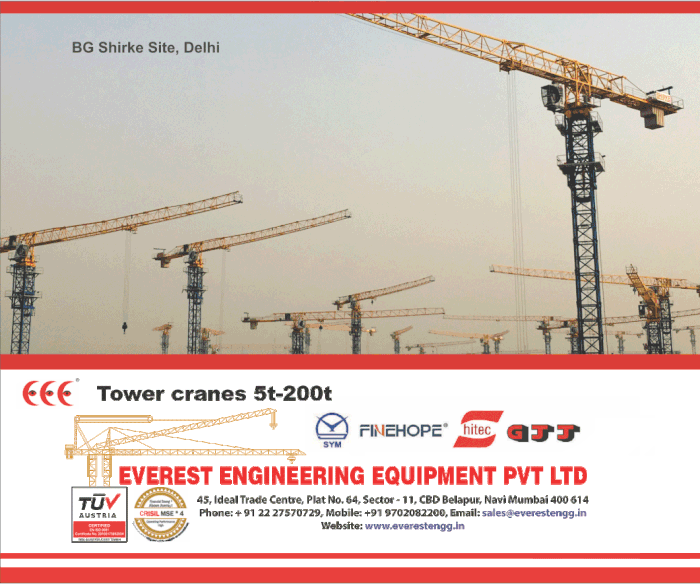
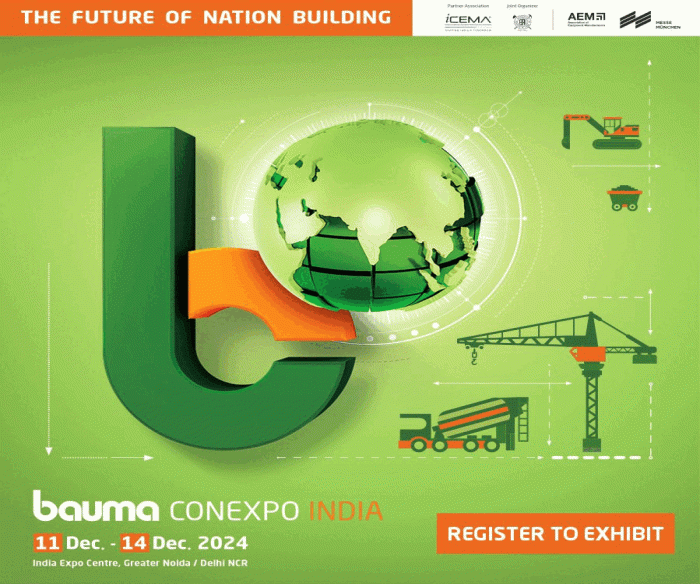
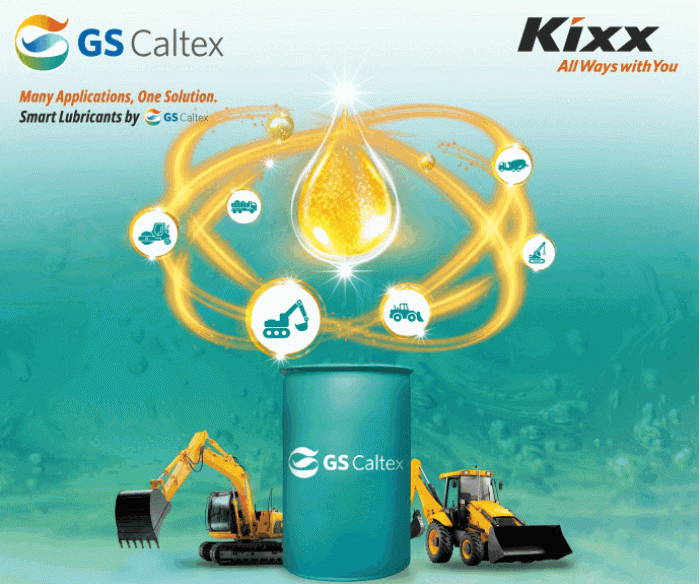
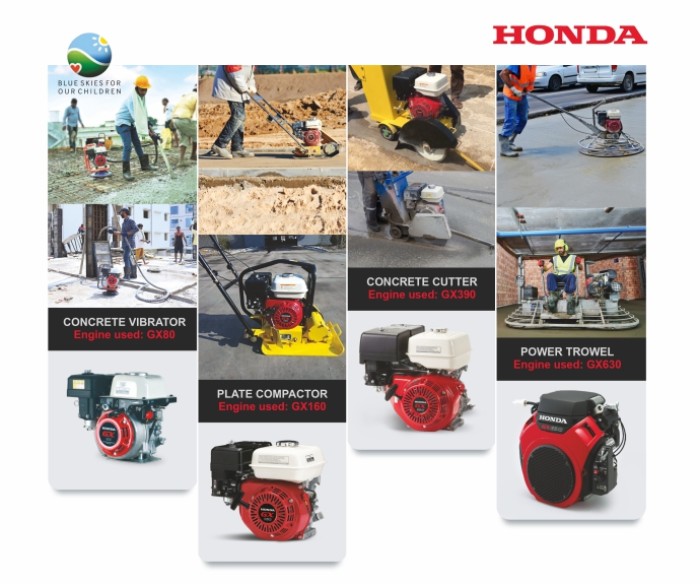
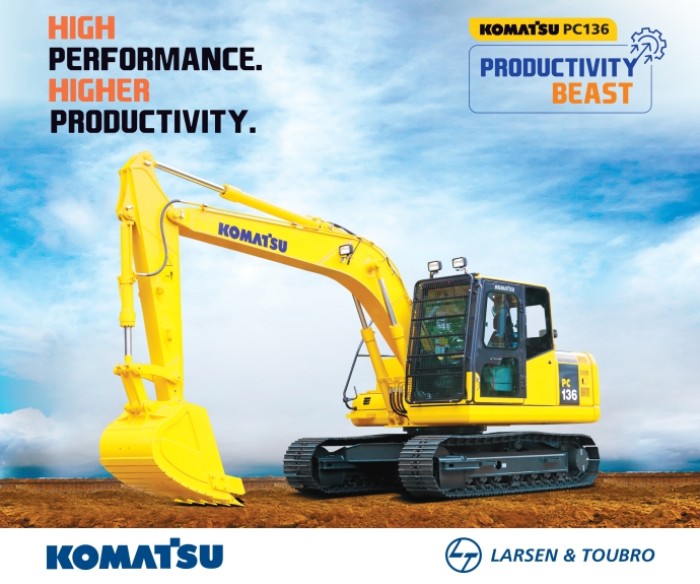
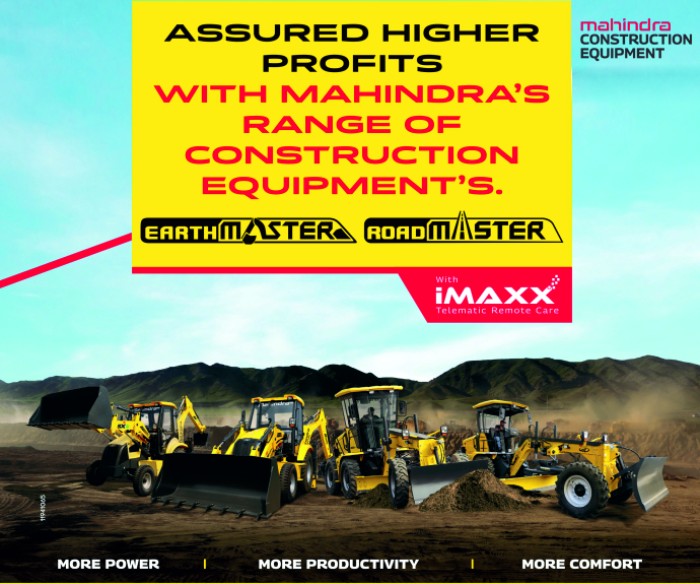
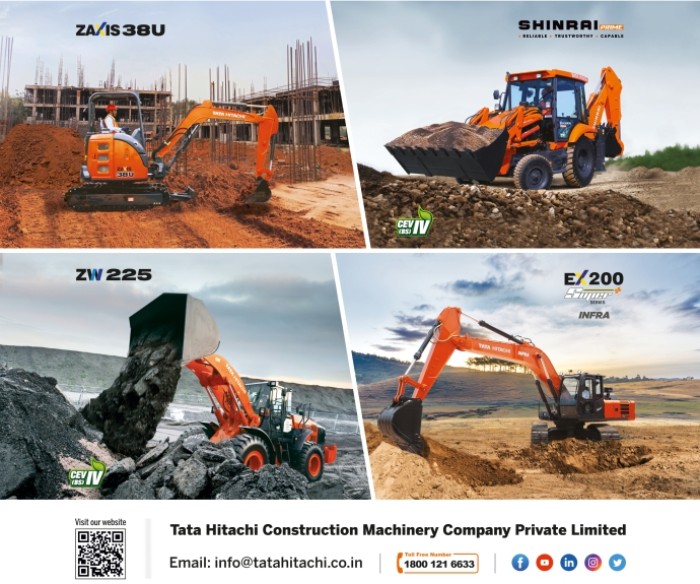



Leave a comment